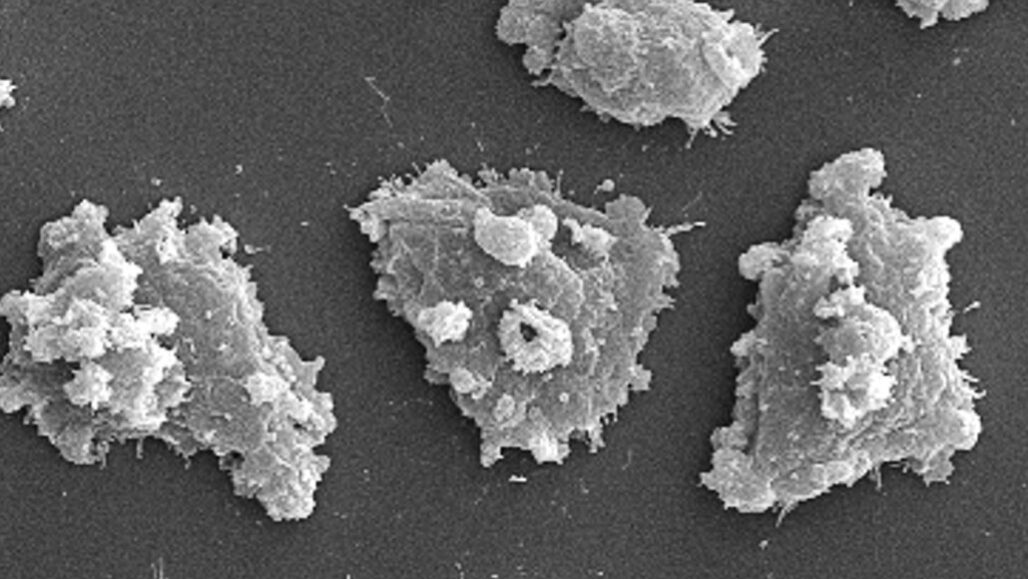50 years ago, scientists were on the trail of a brain-eating amoeba

A fearsome [disease] has been recognized in recent years, produced by a one-cell organism…. Mercifully, human invasion is rare, for the invader, an amoeba, destroys the brain tissue and produces death in from four to seven days. Only 50 cases are known.… This free-living amoeba, Naegleria gruberi, is not confined to tropical countries…. Four deaths traced to Naegleria occurred in 1967–69 in Virginia.
Update
The brain-eating amoeba, Naegleria fowleri — misidentified as its harmless cousin N. gruberi in Science News — causes a rare but deadly brain infection. Just four of 145 people infected with N. fowleri in the United States from 1962 to 2018 survived, reports the Centers for Disease Control and Prevention. The amoeba primarily infects people swimming in lakes and rivers, though several reported cases have been linked to contaminated tap water. Scientists are still trying to understand how the amoeba kills. “Brain-eating” may be a misnomer, recent research hints. Death could result from the immune system’s response to N. fowleri (SN: 8/22/15, p. 14).